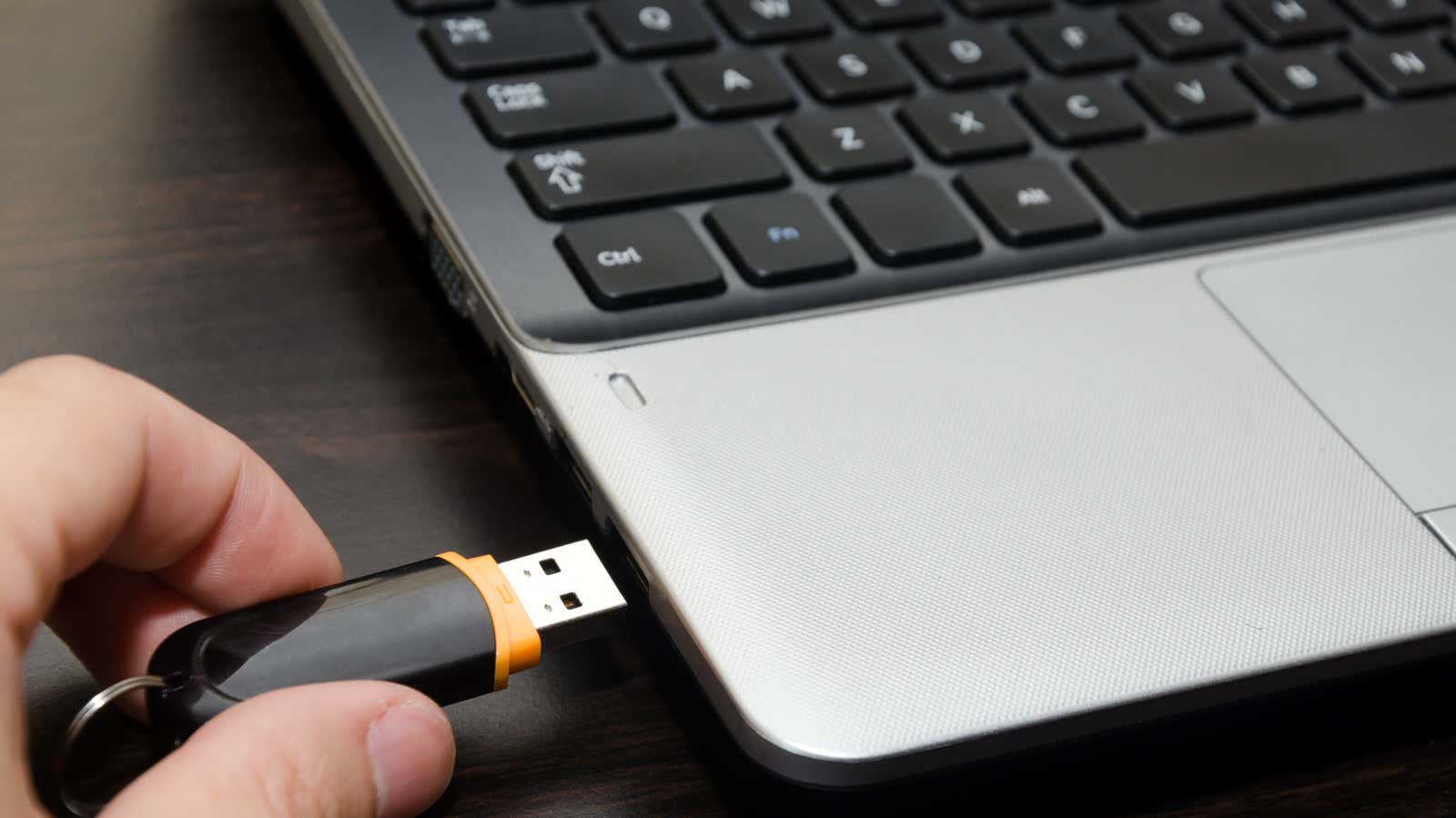How to Boot From USB Drive or CD on Any Computer

When troubleshooting your computer or installing a new operating system, you may need to “boot from disk” or a USB device (such as an external hard drive or flash drive). Here’s what it means and how to do it.
When you press the power button on your computer, it boots from its internal hard drive that houses your operating system (usually Windows or macOS). But sometimes you need to boot into something else. You may need to boot from a Windows installation disc in order to reinstall Windows, or perhaps you need to boot from an emergency repair disc to fix a problem with your machine. You may just want to run a different operating system on your computer.
On a Windows PC
Every Windows PC is different. Some PCs are already configured to look for the USB option before the default operating system is installed on the internal hard drive. But once you get to your system’s boot menu, you should be able to find what you are looking for.
Here’s how to boot from a CD or USB stick on a PC:
Reboot your computer
Restart your computer and wait for the first screen to appear. Often times, something like “Press F12 to select boot device” appears somewhere on the screen – the requested function key may differ depending on your machine. Click this button now.
wait a second
Give it time to continue downloading and you will see a pop-up menu with a list of options. Highlight your preferred CD or USB drive and press Enter.
Alternatively, you can set your computer to constantly check for a bootable CD or USB stick and change the boot order. This way, when you have an external drive inserted, your machine will boot from it automatically, and when you don’t, it will go to your regular operating system. To set it up, follow these instructions.
Restart your computer and watch the first screen that appears at startup. You should see a message like “Press DEL to enter SETUP” or something similar (the key requested may differ depending on your device). Press the marked key on the keyboard and wait for the installation to start.
Select “Boot Device”.
You should see a new pop-up screen called BIOS. This is where you set up a lot of low-level settings for your computer. BIOS menus are configured differently on different machines, but you should see instructions on how to navigate your (i.e. what keystrokes to use) somewhere in the window.
Follow these instructions to browse the menu options (be careful not to change anything), look for the Boot Device option, Boot Order, or something similar. Choose this option.
Choose the right drive
Select your computer’s drive from the pop-up menu and press Enter. If you are trying to boot from a USB drive, select this option. It can be specified separately or in a submenu, for example, Removable Devices. Press Enter. Depending on your BIOS, you may need to use the Page Up and Page Down or +/- keys to move your selection to the top of the list instead. Again, use the instructions provided on your specific computer.
Exit BIOS
Follow the prompts to exit BIOS and save changes. Typically, this option is found under the Exit or Save and Exit section of the main menu, or accessed using a keyboard shortcut specified elsewhere on the screen. Depending on your BIOS, you may need to confirm your selection again.
Reboot
Your computer should restart automatically. Make sure your CD or USB drive is in your computer. If you are prompted to “Press any key to boot from external device”, do so. Your computer should boot from a CD or USB drive instead of your regular operating system.
From there, you can follow the onscreen instructions to install Windows, fix problems, or do whatever else you need to do.
On Mac
Booting from USB or CD to Mac is very, very easy. One way to do this is to open System Preferences > Startup Disk. You will see your built-in hard drive as well as any compatible operating systems and external drives.
Click the lock icon in the lower left corner of the window, enter your administrator password, select the boot disk you want to boot from, and click Restart. This method will save your boot disk settings until you go through the process again to select a different option.
To do a one-time boot from a USB drive, you’ll use the Launch Manager instead. This is how it works:
Reboot your computer
Reboot your computer. Press and hold the Option key as soon as the machine reboots. Release when the Launch Manager window opens (or when asked to enter the firmware password).
Choose the right drive
You should see icons for available drives. On the right you will find an external (CD or USB) storage device named below. Use the arrow keys or the mouse to select this drive, then press Return or click the arrow below it. (If you press and hold Control at the same time, your computer will save this as your preference – similar to the process above.)
From there, your computer will boot from CD or USB drive instead of OS X, and you can do whatever you need to do by following the onscreen instructions.
This story was originally published on 3/22/13 and updated on 9/27/19 to provide more complete and up-to-date information.